Is your puppy starting to bite when you try to play with them, or even clean them? Are you worried that this behavior may not stop, or that something isn’t normal? Well don’t worry! For puppies biting and nipping is completely natural during the young age of 2 months to a year of age. Between this time they will nip and bite here and there because this is their natural way of exploring and testing the environment around them.
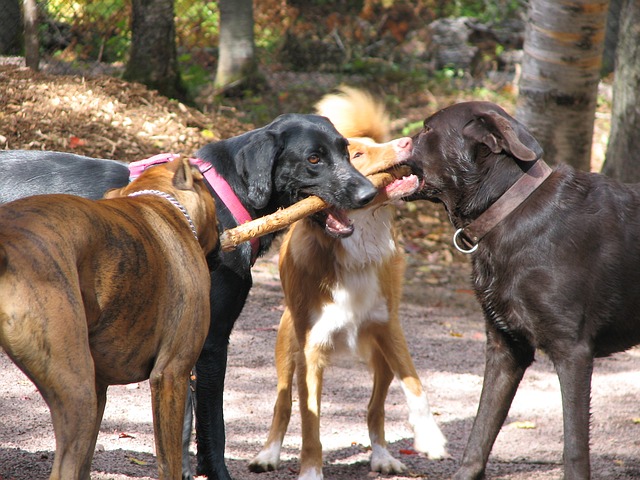
This does not mean you cannot reduce it, there are several techniques and methods you can use to reduce your puppies’ biting over time. Some methods that trainers use are based more on establishing control, and exposing your puppy to discipline and negative reinforcement while simultaneously also using positive reinforcement to establish good behavior.
Alternatively, some trainers adhere strictly using only positive reinforcement, and biting substitutions, and treating. This can be with a chew toy, tug of war, agitation to expose negative behavior and replacing what is being bit with a substitute. When they begin reducing biting with agitation you can alternatively use treats or food as a reward for good behavior.
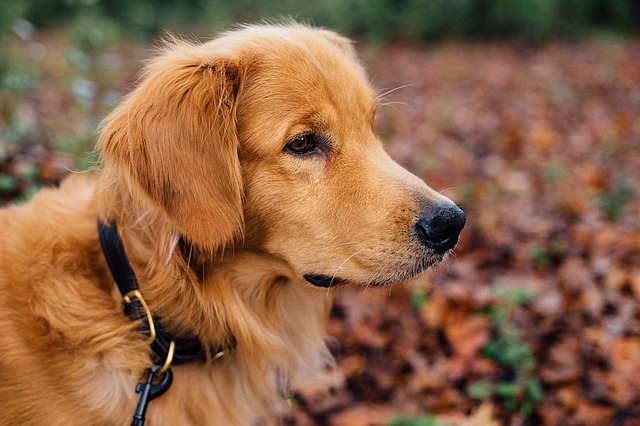
Neither method is right or wrong, and many trainers utilize their own style and finesse which you may have your own ideas up your sleeve. However for this article we will be going over the first technique for establishing dominance with your puppy, and and how to mix this obedience training to teach positive behavior alongside with positive reinforce like treats, food, or tug of war mixed in.
Step 1
Using a well fit collar use a technique called “Passive Restraint.” In this technique you will be expressing leadership and alpha behavior by grabbing the side of your dogs collar, and bringing them to your left side while sitting on your knees.
With your right hand holding their collar firmly hold the side of their body and tell the overly excited puppy to settle. For young dogs who naturally have lots of energy it may take a little time to introduce them to this, and for them to really settle down. Once calm and completely settled you can then let go of their side and move to the next step.
Step 2
Hand/Collar positioning for guiding your puppy to reduce biting and nipping. In this technique holding the collar should be done in a very specific manner. By using your your fingers to grab underneath the collar and positioning your hand on the side of your dogs face rather than behind is essential to avoid bites on your arms. This is done also by putting pressure using your palm in this method and bracing your pups cheekbone.
Holding the collar in this way establishes control, dominance, and will also serve as a signal for correct and incorrect behaviors going forward.
Step 3
Responding to Negative Behavior with Negative and Positive Reinforcement. Now that you can successfully position your hand around your biting puppy’s collar in an effective manner you can now move onto signalling the bad behavior using negative reinforcement, and rewarding good behavior with positive reinforcement.
When your dog initiates a behavior you do not like such as: (Biting, Nipping, clawing your face, refusing to be obedient in early stages you may use this method.)
To initiate the negative reinforcement with your hand grabbing the collar in this way use the alternate hand to instigate the behavior you would like to fix. When your dog initiates the bad behavior, squeeze the collar tighter and give a gentle but firm tug. This should be a good enough signal to show your dog that what they are doing is unacceptable.
Step 4
Rewarding the positive behavior, when they stop or start to reduce the biting, nipping, clawing, etc. You should reward the calmness, and settled dog with positive reinforcement. Whether you prefer using treats, foods, play such as tug of war to also teach them what is acceptable to bite as a reward, or even just petting them to feel happy and like a good boy or girl.
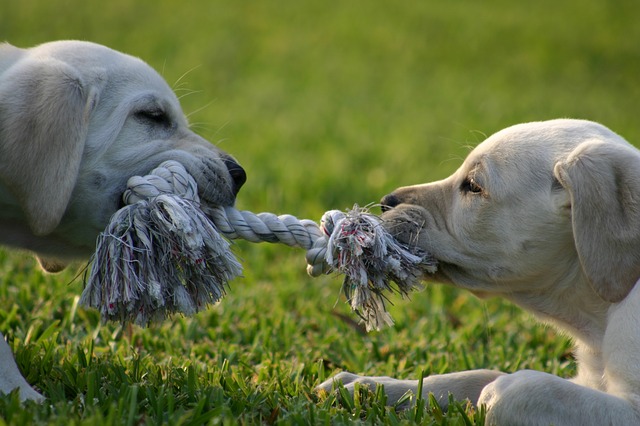
– Visual Representation Courtesy of McCann Dog Training –
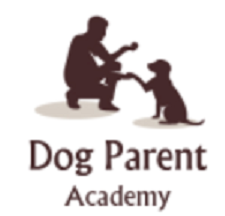
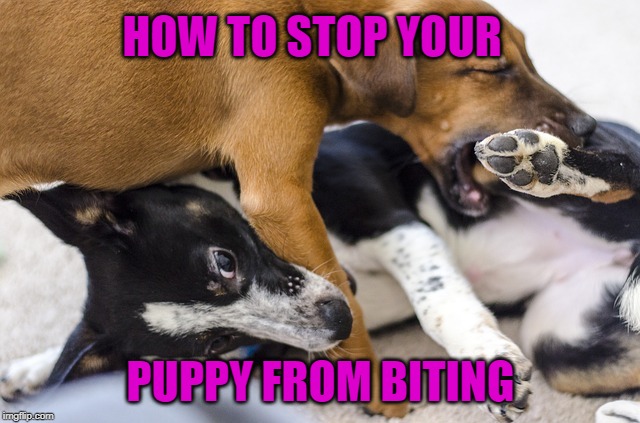
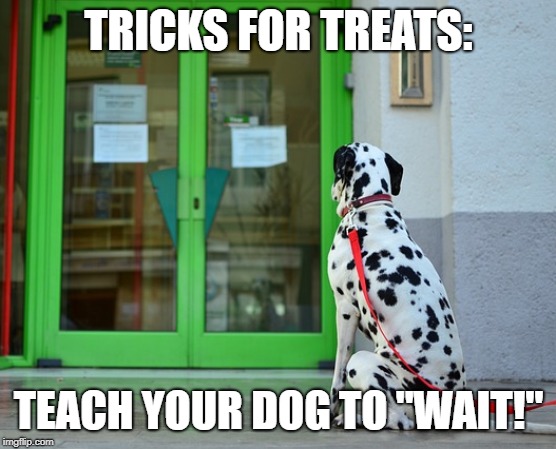
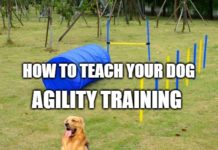
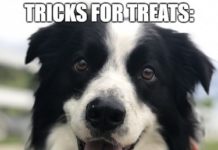




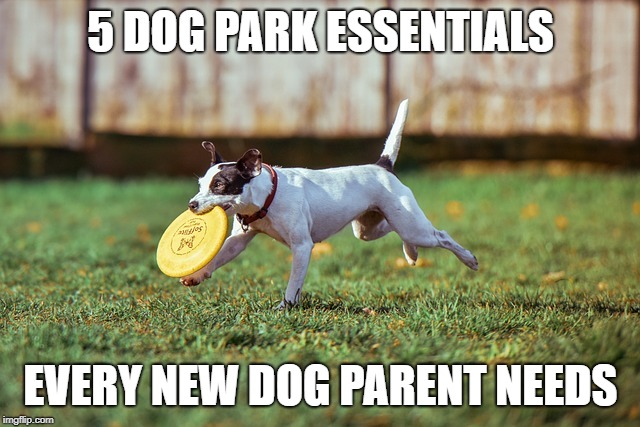


I just bought a new havanese puppy and she started nipping here and there. Thanks for the article I will give this a try <3